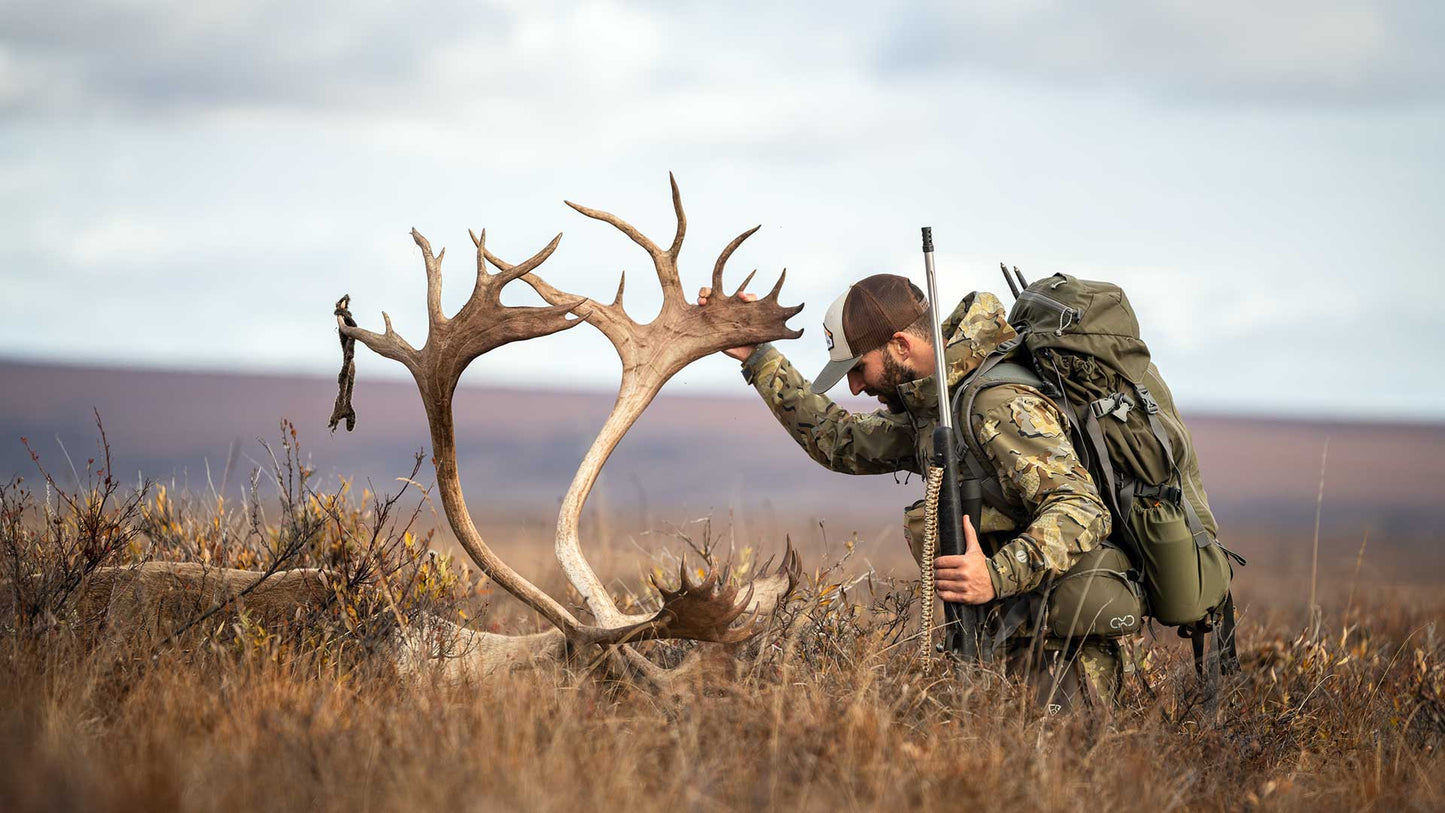
Whether hunting with a bow or a rifle, it is our responsibility as hunters to be effective and efficient in killing the animals we pursue. More than just placing a projectile "in the vitals" — we should understand the animal's physiology and the different ways that the impact of a bullet or broadhead can be fatal.
We discussed these topics on Episode 267 of the Hunt Backcountry Podcast with Jayden Quinlan of Hornady.
To begin to understand why some animals die upon the impact of a bullet or broadhead, why other animals run maybe 50 yards then drop, while others run out of sight — leaving the shooter with nothing but wonder (and hopefully a blood trail) — we need to understand the differences between an animal's circulatory, respiratory, and nervous systems. Damage to each of these systems often has different timelines that lead to death.
Circulatory System
The circulatory system is responsible for circulating blood. That flow of blood provides life-giving oxygen and nutrients to the animal.
When a projectile impacts and causes damage to the heart ("the pump) or arteries and veins ("the pipes"), it is eliminating or decreasing the flow of oxygenated blood throughout the system, leading to death.
Respiratory System
The respiratory system is responsible for the function of breathing and the exchange of oxygen and carbon dioxide.
When a projectile impacts and causes damage to the lungs, airways, or diaphragm (muscles that expand and contract to move air in and out of the lungs), it is eliminating or decreasing the animal's ability to provide oxygen to its system.
Nervous System
The nervous system is the "electrical" system that powers the animal. This system sends signals of instruction, telling the animal's systems when and how to act.
When a projectile causes damage to the nervous system, it can interrupt the flow of signals and may immediately "turn off" the animal's ability to function.
A kill resulting from damage to the nervous system is generally the quickest. The animal is "lights out" before they knew what happened, and the hunter has the immediate result they desired. However, targeting the nervous system has a higher margin for error, which is why the most common point of aim is in the vital region.
"The Vitals"
When we speak of "the vitals" we are referring to an area that contains much of the animal's circulatory and respiratory systems.
The vitals provide a much bigger target and higher margin for error in shot placement compared to targeting the nervous system. A shot to the vital area may impact the heart, lungs, diaphragm, arteries, veins, airways — or a combination of these circulatory and respiratory components.
An impact to the vitals may have drastically different results, depending on which specific components are damaged, as well as the extent of the damage.
Direct damage to the heart may result in an immediate loss of pressure in the circulatory system that may result in death nearly instantaneously. However, other types of damage to the circulatory system — such as damage to arteries or veins — will result in a loss of pressure that is more gradual and leads to a longer timeline of death.
Beyond Placement — The Importance of Penetration and Disruption
Thus far, we have talked about the placement of a projectile and how that placement can cause damage to different systems — each having potentially different results.
The next factor a hunter should consider is the extent of the damage created and energy transferred from the projectile and into the animal's systems.
A projectile designed for maximum penetration will often cause less internal disruption to vital systems. Whereas a projectile designed for maximum disruption (via expansion and/or fragmentation) will typically provide less penetration.
Choosing a bullet or broadhead that kills effectively is a matter of balancing the amount of penetration and disruption needed. And there isn't always an easy, "always works", choice. Variables that include the speed of the projectile, the distance of the shot, the species being hunted, and the placement of the impact can have dramatic effects on how the projectile penetrates and disrupts vital systems.
Putting It All Together
This article has laid a basic foundation to help you understand how bullets or broadheads can lead to death in animals. Keep in mind that there are other factors to consider, such animal's level of alertness or defensiveness before the shot.
For hunters that have wondered about the wide variety of animal responses after being shot, what we shared here (and covered more in-depth in the podcast above) should help you be more informed before and after your next shot.
